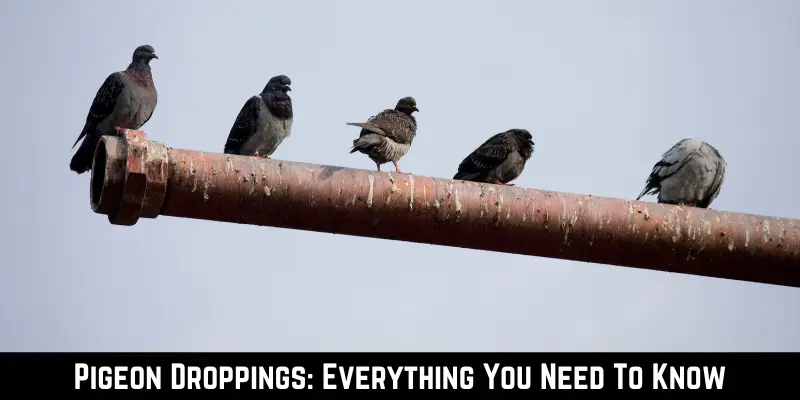Pigeons poop a lot and leave the dropping all over the yard and building. Concerned, you want to know why pigeons are messing up your garden or property with droppings. Most importantly, you are looking for effective ways you can solve the pigeon droppings problem.
For some people, pigeon droppings are merely a nuisance, but it is an issue of grave concern for others who have contracted diseases that could be traced to pigeon droppings. When not causing diseases to humans, pets, and livestock, pigeon droppings are ugly and need cleaning.
The good thing is that once you understand the pigeon pooping behavior, you become better positioned to clean it and prevent pigeons from further pooping around. Keep reading to know more about pigeon droppings and how to clean them.

How To Identify Pigeon Droppings
Most bird droppings are similar, but on close inspection, you can tell there are differences depending on the type of bird. Pigeon droppings usually collect on buildings, sidewalks, porches, and lawns.
Pigeon droppings have the appearance of little marbles and are whitish-brown in color. Sometimes there are tiny feathers in the droppings, but this is an indication of a healthy bird. If the poop is loose and wet, this is a sign of unhealthy or stressed birds.
Pigeon droppings generally have little to no odor at all. This is typical for most bird poop. Unlike mammals, birds feed more on fruit and vegetables as opposed to meat, and this explains why their poop tends to smell a lot less.
If the pigeon droppings are producing a pungent smell, then it is a sign that the bird is unhealthy. This is why pigeon droppings are dangerous to hold or come into contact with. The droppings might contain pathogens that can cause a wide range of diseases.
How Often Do Pigeons Poop?
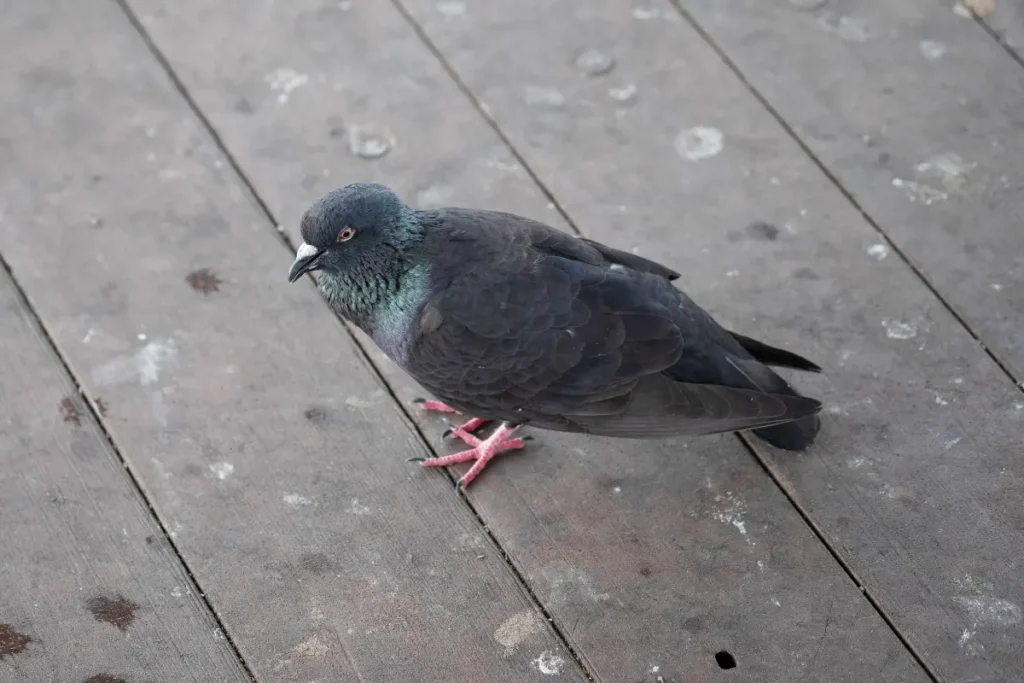
It can be difficult to tell precisely how frequently these birds excrete their waste. However, one common theme is that the number of times a bird poop is directly proportional to the size of the bird.
Pigeons are medium-sized birds, meaning they can do up to 30 droppings a day. They excrete at least once every 15-45 minutes. Considering how much they eat, it is no wonder they poop so much.
Additionally, their stomachs are very tiny, so they do not have room inside their body to store waste after the food has been digested. Since they cannot store fecal matter, they end up having to excrete a lot more than mammals do.
Like all birds, pigeons do not have separate organs for urine and feces; both of them are passed in the same manner.
We can also say pigeons poop a lot because of their fast metabolic rates. They have a pretty high metabolism, which means the food is digested very rapidly, and the pigeon will have to get rid of the waste as fast as possible in order to create room for more food.
Another theory to explain why pigeons poop as much as they do is to enhance their flight. The less they weigh, the easier it is for them to fly. As such, they tend to poop before taking off so that their flight will be more efficient.
This explains why pigeons do not poop mid-flight. Their toes are usually tucked back under their cloaca when flying, so they control themselves from excreting to keep their feet clean.
Where Do Pigeons Poop?
Many people wonder if pigeons poop in their nests. Generally, like most birds, they do not poop in their nest. In fact, when the baby pigeons poop in their fecal sacs, the mother bird will either consume it or get rid of it.
In some cases, the pigeons will move to the edge of the nest to poop in order to keep the droppings out of the nest.
You might also be wondering if pigeons poop in the same spot. Do they have designated areas for pooping? The answer is no. Birds generally do not control where they poop, so they will not choose a particular spot specifically for pooping.
You might find more poop in their roosting area because that is where they are perching most of the day, so naturally, that is where they will poop as well.
Do Pigeons Poop Where They Eat?
Since they do not control when they are pooping, pigeons do poop where they eat. This is why you’ll find a lot of bird droppings around their roosting site because this is where they eat. This can be a problem for bird owners who put out bird feed for their birds.
While consuming the feed, they will also be pooping, and the feeders will need to be cleaned out before the next feeding session. Cleaning this poop is essential because failure to do so will expose the birds to the risk of disease.
Do Birds Poop in Their Sleep?
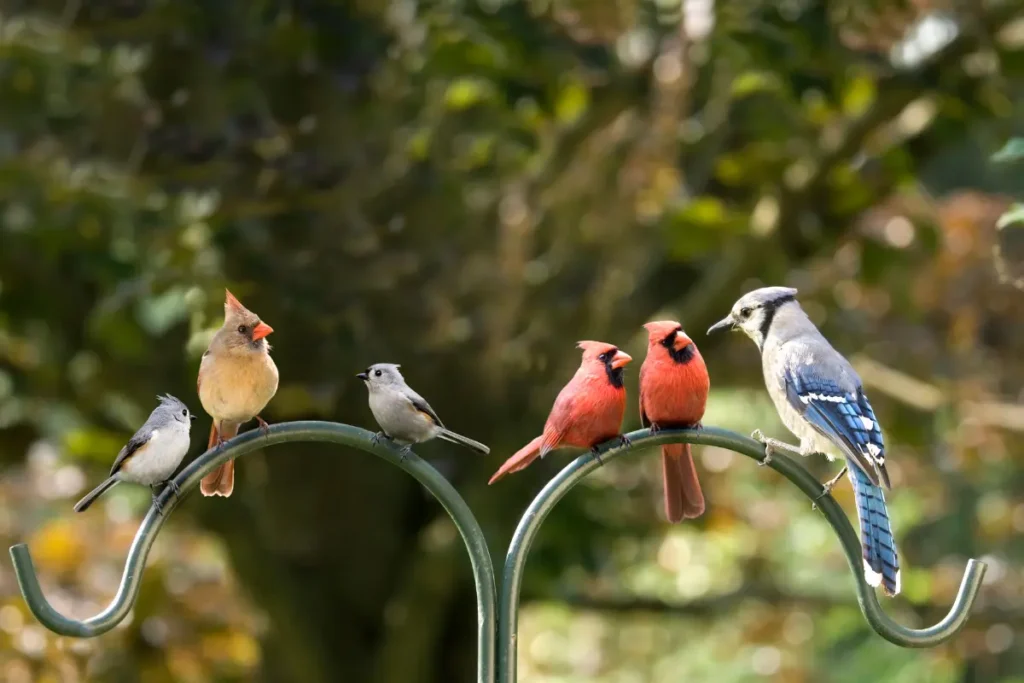
Birds do not poop while they sleep. Mostly, they wake up multiple times during the night to poop and then go back to sleep.
Smaller birds poop a lot more often compared to larger birds because they tend to have a higher metabolic rate. However, this trait varies among species. Some birds hold it off instead and wake up to have a larger poop.
Why are Pigeon Droppings so Bad?
just a little poop never hurt anyone, right? With pigeon droppings, the story is a little different. Pigeon droppings cause a wide range of problems for people, both urban and rural dwellers.
While one might argue that pigeon droppings have been used for centuries as fertilizer, there are a lot of disadvantages that come with pigeon droppings as well.
Pigeon droppings are aesthetically displeasing when they stain building facades. They tend to give buildings a general unkempt, abandoned look. This can be quite detrimental to both commercial and residential real estate.
They are a real eyesore and tend to make the buildings look older than they really are. Additionally, it is very easy for people to slip on the poop and fall, which could result in serious injury.
Moreover, pigeon feces are highly acidic. As a result, if the droppings are left to accumulate, they can erode both stone and metal. Structures like gutters and other metal surfaces are slowly eroded over time by pigeon droppings.
Pigeon droppings can even cause roofs and floors to collapse when left to accumulate for a long enough period of time.
Although pigeon droppings have been used for a long time as fertilizer, large amounts kill vegetation. In addition, the droppings can also contaminate food meant for both humans and livestock.
Can you Get Ill from Pigeon Poop?
There are health hazards associated with pigeon droppings. Like with any fecal matter, both human and animal, pigeon poop contains bacteria that are harmful when ingested.
Therefore, it is paramount to keep the droppings away from kitchen surfaces or areas where food is being handled.
Breathing dust or water droplets that contain contaminated pigeon droppings can lead to a number of diseases.
Most people will only be slightly ill with minor symptoms, but those with an already weakened immune system might get sick. Pigeon droppings pose a serious health risk to people with weakened immune systems.
What are Some of the Diseases Carried by Pigeon Droppings?
Pigeon droppings host some bacteria and fungi that can cause diseases. Some of the most common diseases associated with pigeon droppings are as follows:
Bird Fancier’s Disease
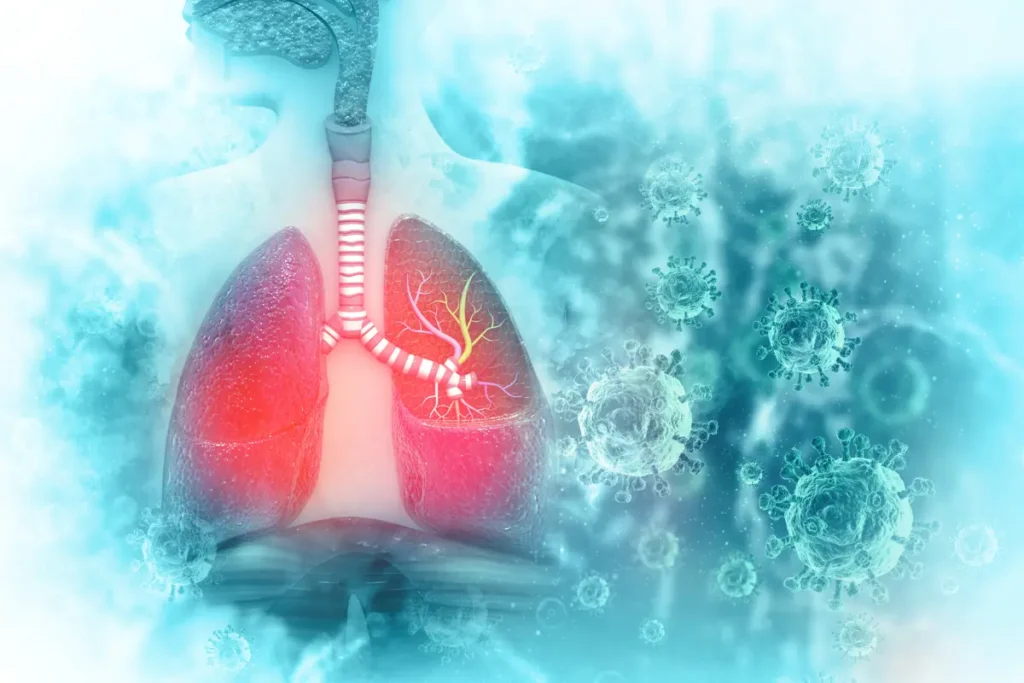
Bird Fancier’s Lung Disease is a disease that can be caused by either pigeon feathers or droppings. This disease can cause acute respiratory infection, especially if one has a weakened immune system.
The infection damages the lungs and thus can be quite life-threatening. Some of the symptoms of the disease include fever, dry cough, fatigue, and breathlessness.
Histoplasmosis
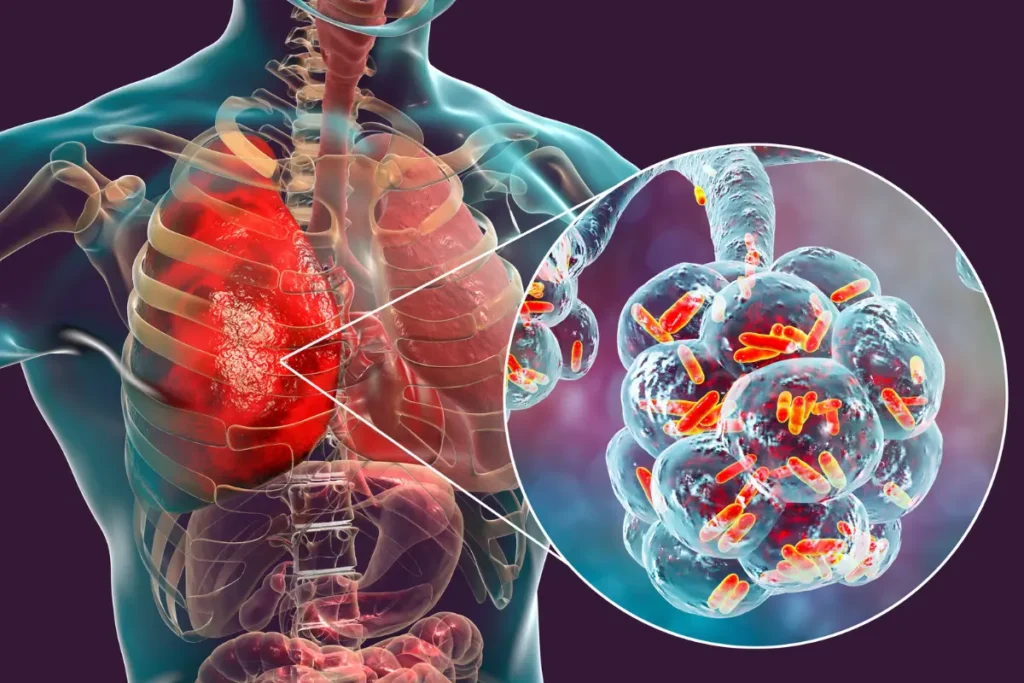
This is a common fungal infection that is associated with dry pigeon droppings. It is caused by the fungus Histoplasma capsulatum, which is inhaled in the form of fungal spores in the air or dust. It is important to note that the pigeons themselves do not carry or spread histoplasmosis.
This is not a disease that is caught directly by the bird. This fungus thrives in all bird droppings, provided all the conditions are right. Histoplasmosis is a respiratory disease and can cause blood abnormalities, high fever, and even pneumonia.
Cryptococcosis
This is another fungal infection, which can be caught when one inhales the fungus on old, dry pigeon droppings. When bird droppings are stirred up, the dust that goes into the air contains Cryptococcus Neoformas.
This fungus doesn’t typically affect healthy people, but people with compromised immune systems are at risk of catching the disease. People who have HIV/AIDS, cancer, or those who have had an organ transplant are most at risk when it comes to Cryptococcosis. The symptoms of the disease are mostly mild, and the most common manifestation is skin outbreaks
Psittacosis
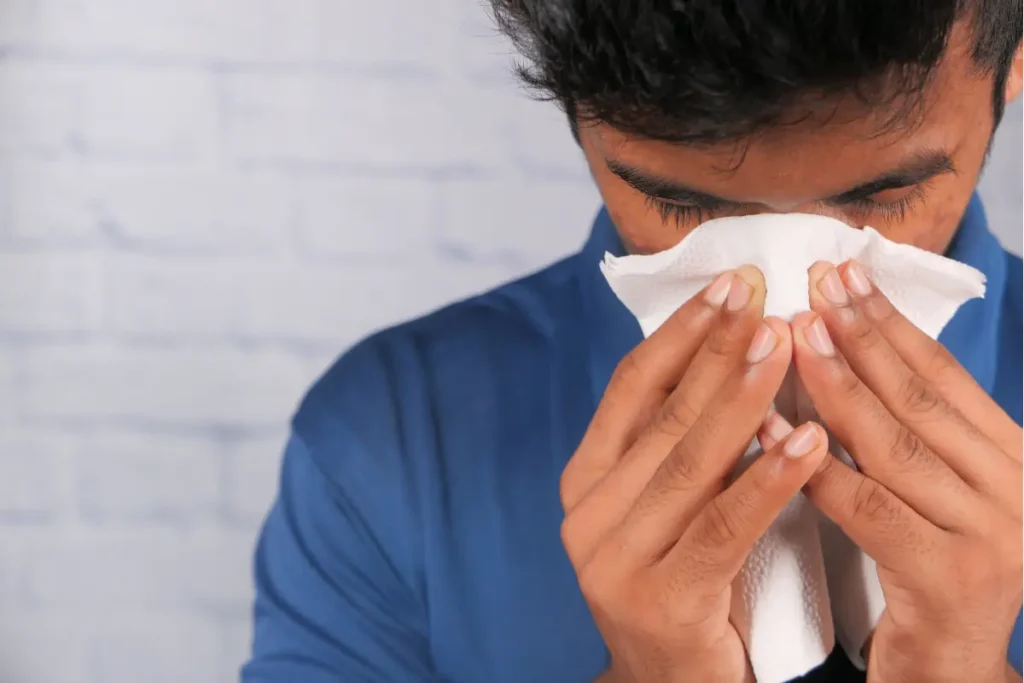
This disease is caused by a bacterium, Chlamydia psittaci, which can also be found in pigeon droppings. Psittacosis also attacks people with a weak immune system.
Psittacosis causes flu-like symptoms and can even cause pneumonia in extreme cases. The symptoms will not be seen immediately but after one week or two following exposure to the pigeon droppings.
Is Dried Pigeon Poop Dangerous?
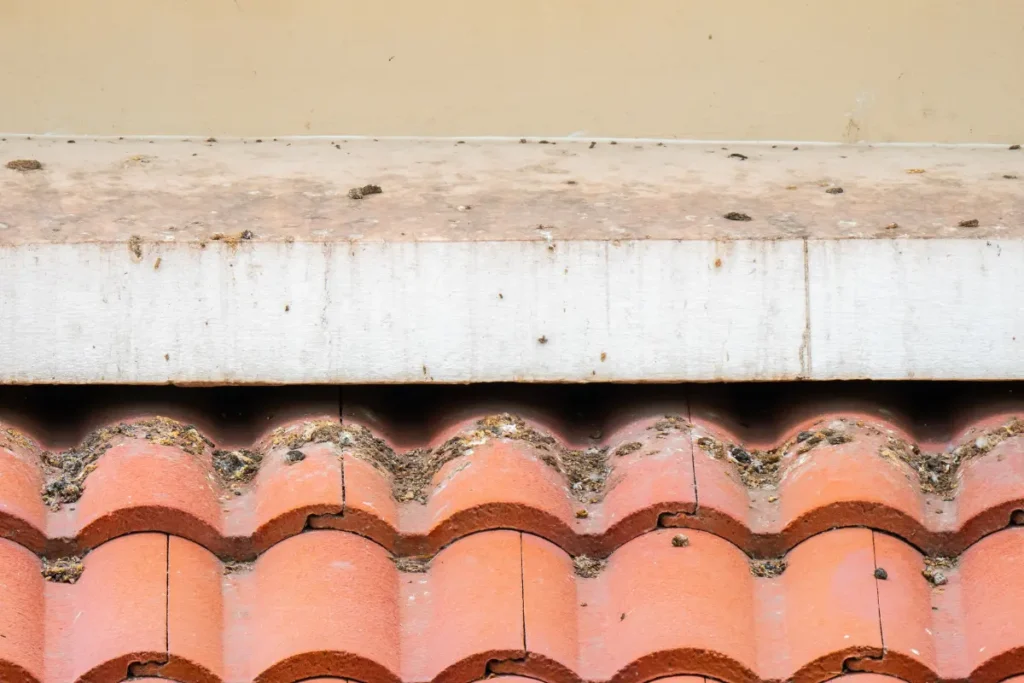
Histoplasmosis, as seen above, is a disease caused when human beings come into contact with the fungus that grows in dried pigeon droppings.
It is a fungus that can grow as both filamentous and yeast-like varieties. The improved risk of getting this respiratory infection can be attributed to air conditioning systems.
When dried-up pigeon droppings are infected with this fungi, they can be distributed throughout the entire building via the HVAC system.
Given that the different pathogens that can be found in pigeon droppings can cause up to sixty-nine complications, it may be considered a health threat when you come into contact with dried pigeon droppings.
This can also be the case when the carcasses of the pigeons, together with their nesting material, also enter the ventilation system of a building.
When the occupants inhale the infected air, they are more likely to develop this disease. Inhaling the dust from dry pigeon droppings can be sure to cause a variety of flu-like illnesses, which are called psittacosis.
Salmonella is also another bacteria form that can be found in dry pigeon droppings, which may pose a health risk. This is why it is advisable to always wash your hands whenever you come into contact with pigeon droppings.
You should also refrain from eating or drinking in an area that exposes you to high amounts of pigeon excrement. This is especially the case for pigeon handlers and pigeon shooters.
Dried pigeon droppings are also known carriers of candidiasis and salmonella, which cause infection of the urinary tract and food poisoning, respectively.
As the pigeon droppings decay and dry up, they favor the intense growth of a variety of disease-causing fungi species.
Are Pigeon Droppings Dangerous To Dogs And Cats?
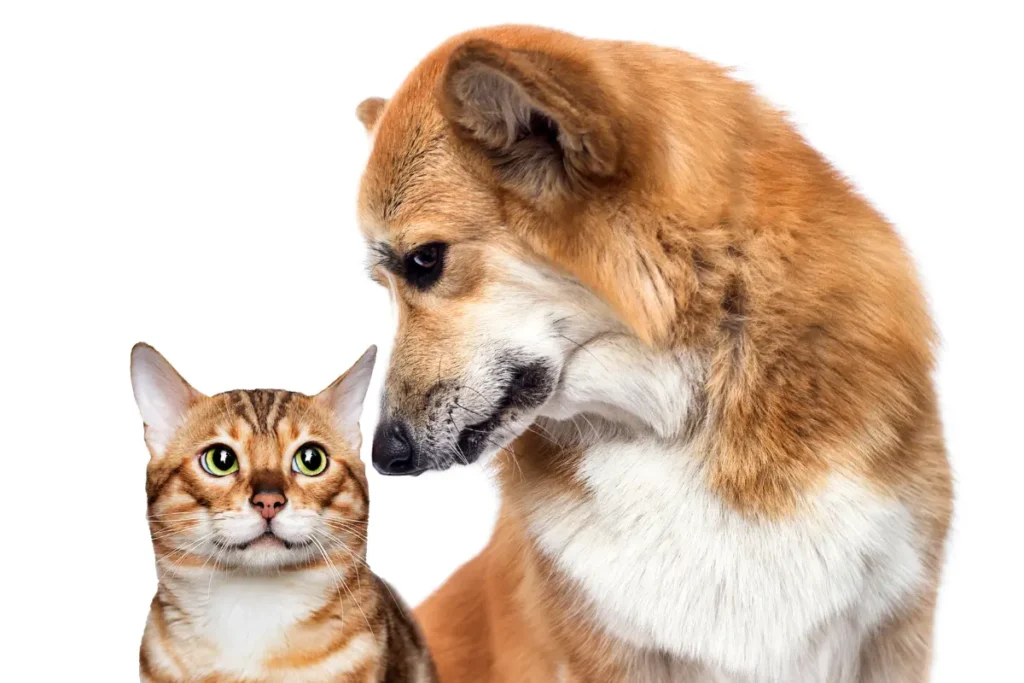
The main health issue that may be posed by pigeon droppings on dogs is histoplasmosis and chlamydia psittaci. Dogs might ingest pigeon droppings, which may contain Histoplasma capsulatum fungus.
This is the main culprit that is involved here, giving dogs a variety of uncomfortable symptoms. These include appetite loss, decreased activity, diarrhea, and even loss of weight in most dogs affected by the pathogen.
Symptoms may also appear as difficulty in breathing, and the hide of your dog may become discolored.
It is advisable to begin treatment of your dog if you notice any symptoms of infection. The next illness that your dog may suffer from coming into contact with pigeon droppings is Chlamydia psittaci.
This is also the case when your dog interacts with dead pigeon carcasses. There is a heightened risk of infection in places where pigeons are many, making interaction inevitable.
Your dog may experience uncomfortable symptoms from an infection of this pathogen. These include swollen red and watery eyes that may also produce a green or yellow fluid. This causes irritation of the eyes due to the inflammation of cornea tissue.
Dogs with Chlamydia psittaci also pant more compared to normal dogs as the disease makes them weak and out of breath. Cats can also be infected by Chlamydia psittaci.
Cats are generally curious animals and may be counted upon to interact with the pigeons and their droppings around.
Another yeast-like fungus that is found in pigeon droppings is Cryptococcus which produces a lot of spores that are highly infectious to cats. Cats can also suffer from salmonella, fungal pneumonia, and also histoplasmosis from interactions with pigeon droppings.
Are Pigeon Droppings Dangerous To Cows?
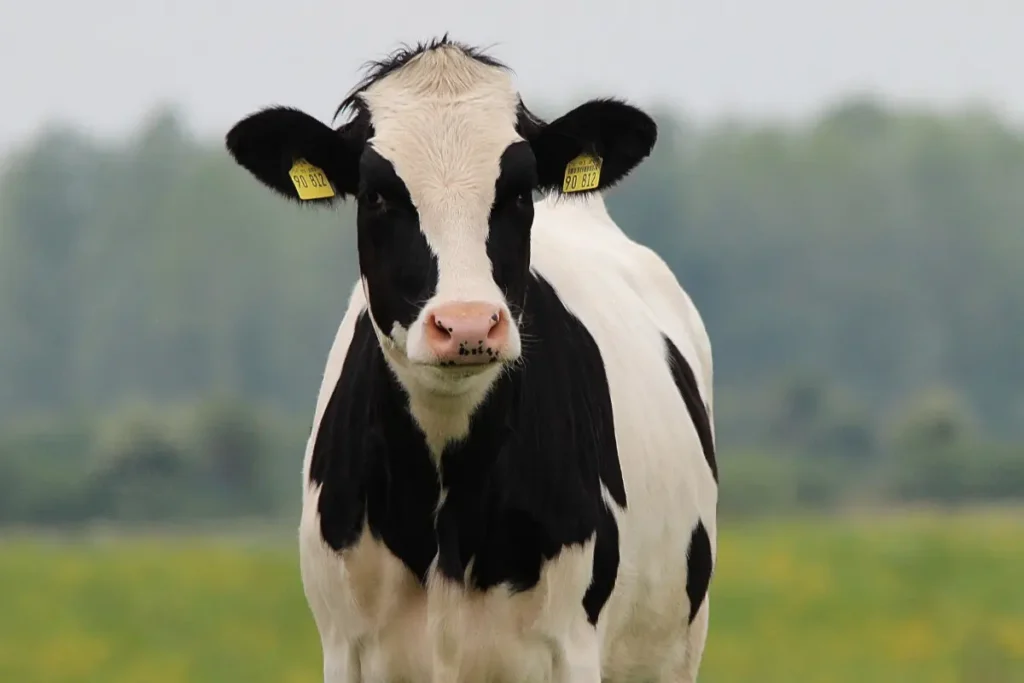
The strain of E-coli that can be found in both cow manure and pigeon droppings is E-coli 0157:H7. When pigeon droppings contaminate the food or water that cows take, it may introduce these bacteria into the gut of the animal.
However, E-coli is natural flora that can be found in many higher mammals in controlled numbers.
This means that it does not usually cause serious illness because cows act as the natural carriers of this pathogen. The same pathogen is quite dangerous when it infects a human host.
Symptoms like diarrhea and even kidney problems are accompanied by the E-coli species releasing toxins into the blood.
Establishing that cows have an E-coli infection can be done using a number of observations. If this strain of E-coli infects the cows, they can become super producers.
This means that their dung will contain huge quantities of E-coli 0157:H7. Pigeons form a vital role here.
The pigeon droppings contain small amounts of E-coli 0157:H7 that will contaminate the water taken or grass eaten by cows. Once the pathogen is in the gut of cattle, it flourishes, and the cycle begins again.
Cows that are suffering from E-coli infection may have cramping and pain in the abdomen. They will also have diarrhea that may contain blood accompanied by a slight fever that lasts about a week.
When untreated, E-coli 0157:H7 infections can reach the uremic phase, which can kill 30% of cattle. When cows consume grass that has E-coli from pigeon droppings, they are more likely to spread it to other cows even faster.
Are Pigeon Droppings Dangerous To Horses?
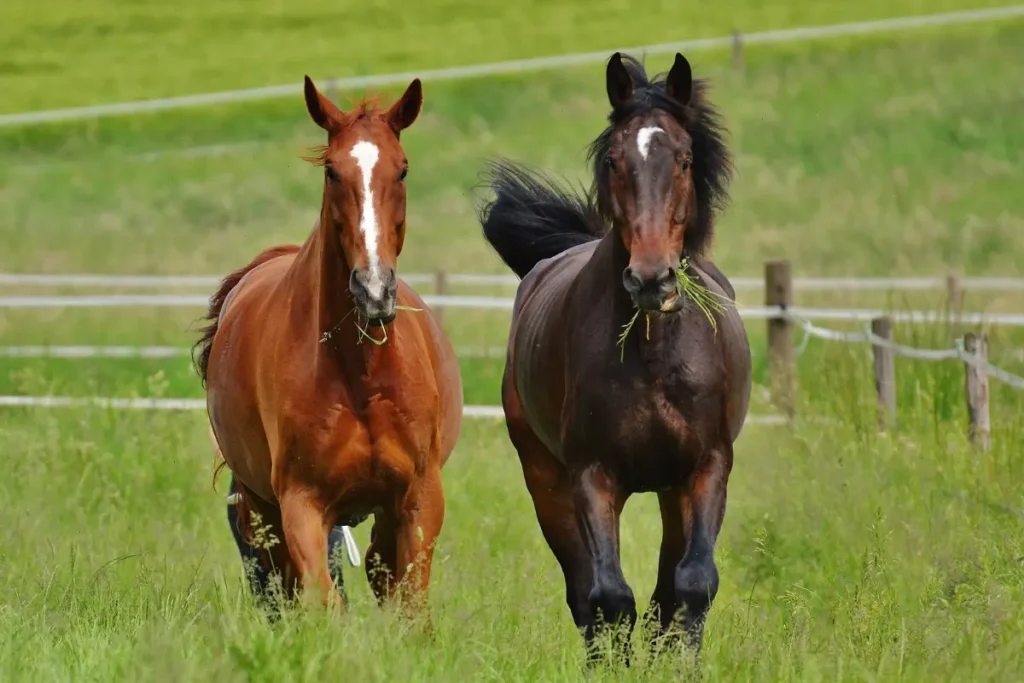
It might be quite difficult for horse keepers to completely rid their stalls of pigeons. Pigeon droppings can cause a variety of diseases in horses, even though many of them are not directly transmissible.
Pigeons have known reservoirs of many mosquito-borne pathogens like Western, Eastern, and Venezuelan encephalomyelitis. The West Nile virus is also another pathogen that is spread by pigeon droppings to horses through mosquito carriers.
Bird droppings can also cause other horse infections, including botulism, salmonellosis, associated fungal infections like histoplasmosis and candidiasis, avian tuberculosis, or streptococcal diseases.
Pigeon droppings can contaminate water sources that horses use with algae and fungi. When pigeon droppings contaminate horse feed, it may pose some direct health risks. Pigeon droppings harbor a variety of pathogens that are mostly fungal in nature.
When pigeon droppings are allowed to dry, they form cultures of fungi that produce toxic spores that may cause infections in the sinuses or even fungal pneumonia in horses.
Horses are always sniffing around as they graze, making it easier for them to ingest or inhale dry pigeon droppings. However, it is important to note that horses are slightly resistant to the pathogens that are found in pigeon droppings.
Changing the kind of feed that you give to your horses may also be a way of controlling bacterial or fungal infections caused by eating food contaminated by pigeon poop.
Horses will come into contact with pigeon droppings in their pasture, especially when they feed on open fields.
Do Pigeons Poop In The Same Place?
Pigeons are instantly known to avoid contaminating their nests with their excrement. However, they will poop almost everywhere and incessantly, enough to annoy any property owner. This is why you may observe pigeons popping over their side away from the nest.
This behavior causes the bird excrement to pile up in messy patterns. This is why you can find a section of your wall directly below the nest of a pigeon coated by pigeon poop.
The pigeon droppings will build up quite fast around the nest, and in no time, it will start to pose a danger to everyone around, including the pigeons themselves. It is therefore not surprising to find a heap of pigeon droppings near pigeon nests.
Most of the excitement that is found within the pigeon nest comes entirely from the developing hatchlings because they lack the instinct to poop outside the nest.
It is therefore normal to observe pigeons pooping in the same place over and over again, making it hard to keep cleaning the surfaces.
Pigeons will generally poop around their nest, but in some cases, the nesting pigeon has to remove fecal material from the net. The fecal material coming from nestlings will be in the form of fecal sacs that adult pigeons may consume.
This will only happen until the nestlings are old enough to begin expelling their faces over the edge of their nest. It is safe to say that pigeons prefer pooping anywhere they spend a lot of their time.
How To Clean Pigeon Droppings
There are pieces of equipment that you will require to effectively clean any surface of pigeon droppings. You will need:
- A bucket
- Detergent
- Dustpan with a brush
- A scraper
- A scrubbing brush
- Baking soda
- Vinegar
- Water
Steps to cleaning pigeon droppings
- You can use a hose or any other pressure washer to quickly eject pigeon droppings that have dried and stuck firmly to the surface you want to clean. There are numerous professional pigeon waste management service providers that you can reach out to.
- Cleaning pigeon droppings on wood will involve lifting big chunks of it with a scraper and sweeping it off. Pigeon poop dries up fast and can get as hard as dried cement, requiring you to use water and a scrubbing brush to completely get rid of it. Work on the entire surface until it is generally free of pigeon droppings.
- Use a mixture of vinegar and water to clean any stains that may be left on the wood. Mix vinegar and water in equal volumes in a spray bottle to help you apply the mixture efficiently as you scrub the stained surfaces.
- Once dry, rinse the wood surface with club soda or baking soda while still scrubbing.
- Ensure that you get the entire surface disinfected so that it can be free of any pathogenic fungal spores.
Pigeon droppings are quite acidic, and when they remain on metal surfaces for a long time, they corrode and reduce their lifespan. This means that you should not let the pigeon poop accumulate unchecked on metal surfaces.
Precautions when Cleaning up Pigeon Droppings
Caution should be taken when cleaning surfaces contaminated with pigeon poop because there may be a risk of pathogen infection. It is, therefore, necessary for you too;
- Cover up using a mask, overall, and a long-sleeved shirt.
- Use plastic gloves and closed shoes to offer additional protection.
- Experts advise anyone with immunodeficiency disorders to avoid cleaning surfaces contaminated with pigeon droppings and instead outsource this job to another person. The effects of direct contact with the bacteria are a lot more dangerous for people with compromised immune systems.
- Wash your hands and any exposed skin after cleaning up the droppings. Before eating or drinking anything, ensure you thoroughly wash your hands, preferably with soap, to get rid of all the germs.
- If you are using a water hose to strip off dried poop, ensure that you control the dust. You can do this by using plastic sheeting to cover the area or wetting the work area, so the dust does not rise. By preventing inhalation of the dust, you reduce the risk of infection both to yourself and the people outside your working area.
The bacteria usually get access to your body through oral ingestion. This can be avoided by washing your hands whenever you handle pigeon droppings.
A routine cleaning, such as clearing the droppings from the windowsill, is not all that risky for your health. You can use disposable gloves and clothes that can be washed when cleaning. This should be enough to keep you safe.
If you are going for a large clean-up of a structure or the entire building, you will need to take more protective measures. You need to wear protective clothing such as boots, gloves, and coveralls.
Conclusion
Pigeon droppings can be a menace to property owners. Not only do they lead to financial loss, but they also pose a health risk to whoever is exposed to them.
The droppings contain bacteria and fungi that could result in diseases. While the droppings are not particularly dangerous for healthy people, they can be a big problem for those with compromised immune systems.
As such, it is imperative to find safe ways to get rid of pigeon droppings. Using protective gear when cleaning up is one of the ways to protect yourself from the bacteria and fungi present in the droppings.
Additionally, practices such as washing your hands thoroughly after coming in contact with pigeon droppings will help protect you from the diseases carried by these droppings.
